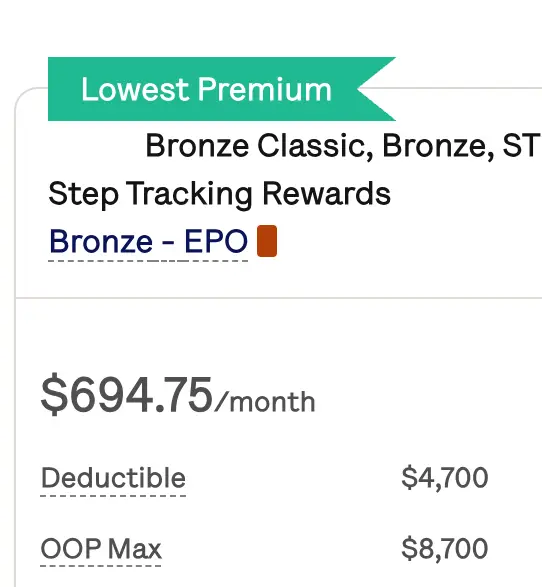How To Treat Symptoms of Seasonal Affective Disorder (SAD)?
Seasonal affective disorder (SAD), commonly known as ‘seasonal depression,’ is a type of depression related to the changing seasons. It typically begins and ends at the same time each year. There are several ways to treat symptoms of SAD, including cognitive behavioral therapy, antidepressants, and socializing with others.
Prioritizing mental health, especially as the seasons change, is vital to ensuring your overall health and wellbeing. If you are looking to speak to someone about SAD, or other conditions, Mira can help you locate a provider nearby. In addition, Mira members get access to low-cost urgent care visits, up to 80% off over 1000 different medications, and same-day lab testing. For as low as $45 a month, you’ll get all of this and more. Sign up for Mira today.
How to Treat Symptoms of SAD
When the seasons begin to change and the days are getting shorter, you may feel seasonal affective disorder symptoms (SAD). It can affect your daily life, including your work, relationships, and everyday tasks that you need to complete. Luckily, there are many ways to cope with the symptoms of SAD. Treatments may be done with a medical provider or on your own. You can find a treatment to help you through these challenging times no matter your lifestyle.
Below we outline some therapy options and coping strategies for SAD. If you are experiencing severe symptoms, you always talk to your health care provider about an appropriate treatment plan.
Light Therapy
Light therapy, also known as phototherapy, is one option for treating symptoms of SAD. In light therapy, you are exposed to artificial light to mimic outdoor/sunlight. You do this by sitting or working next to a light therapy box, which emits a bright light. This is different from the light therapy used to treat skin conditions like psoriasis.
This is an excellent option if you are looking for a safe treatment with few side effects. Pregnant women suffering from depression often choose this option since antidepressants can be dangerous during pregnancy. It may also increase the effectiveness of other interventions you may be trying out.
Cognitive Behavioral Therapy (CBT)
Cognitive-behavioral therapy (CBT) is a psychological treatment for people with a wide range of conditions. It involves therapists and their clients working together to identify patterns of negative thoughts and practicing ways to handle them productively. Instead of focusing on past problems, CBT focuses on issues that are currently happening.
CBT has shown great success in treating SAD. Compared to other therapy interventions, CBT typically has longer-lasting effects. You develop the tools necessary to take control of your life. It can help you gain confidence in yourself, understand other people’s motivations better, and learn to calm your mind and body.
Vitamin D
Vitamin D is an essential vitamin that your body needs to function properly. Humans typically get their required intake of vitamin D through sunlight. So in the colder and darker months, you may experience a lack of vitamin D or vitamin D deficiency. This deficiency has been linked to an increased risk of SAD.
While one common way to get your vitamin D intake is through light therapy, there are other ways to do this. You can increase your dietary intake of vitamin D by taking a supplement or eating vitamin D-rich foods. These foods include:
- Salmon
- Mushrooms
- Egg yolks
- Fortified foods (like cereal)

Get affordable doctor copay without paying insurance premiums
Join 39,000 people and get Mira, the best alternative to traditional insurance. Enroll and use immediately. Plans start at only $45/mo.
Talor graduated from Penn State University with a B.S. in Biobehavioral Health, and minors in Spanish and Diversity & Inclusion in May of 2022. She has a passion for health equity and diversity in health. In the future, Talor hopes to work in public health policy reform to help eliminate health disparities. She enjoys reading, cooking, and listening to podcasts in her free time.
